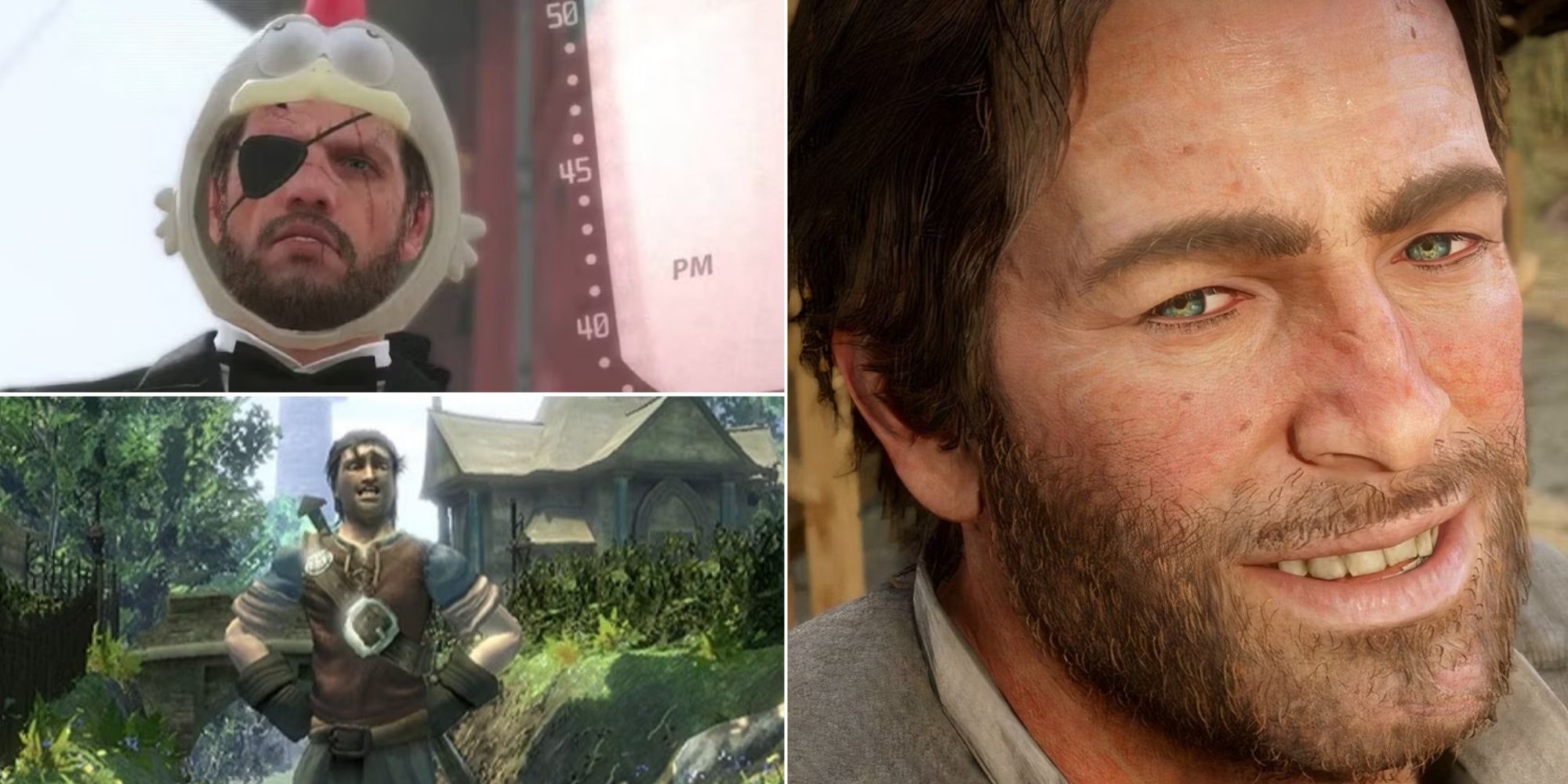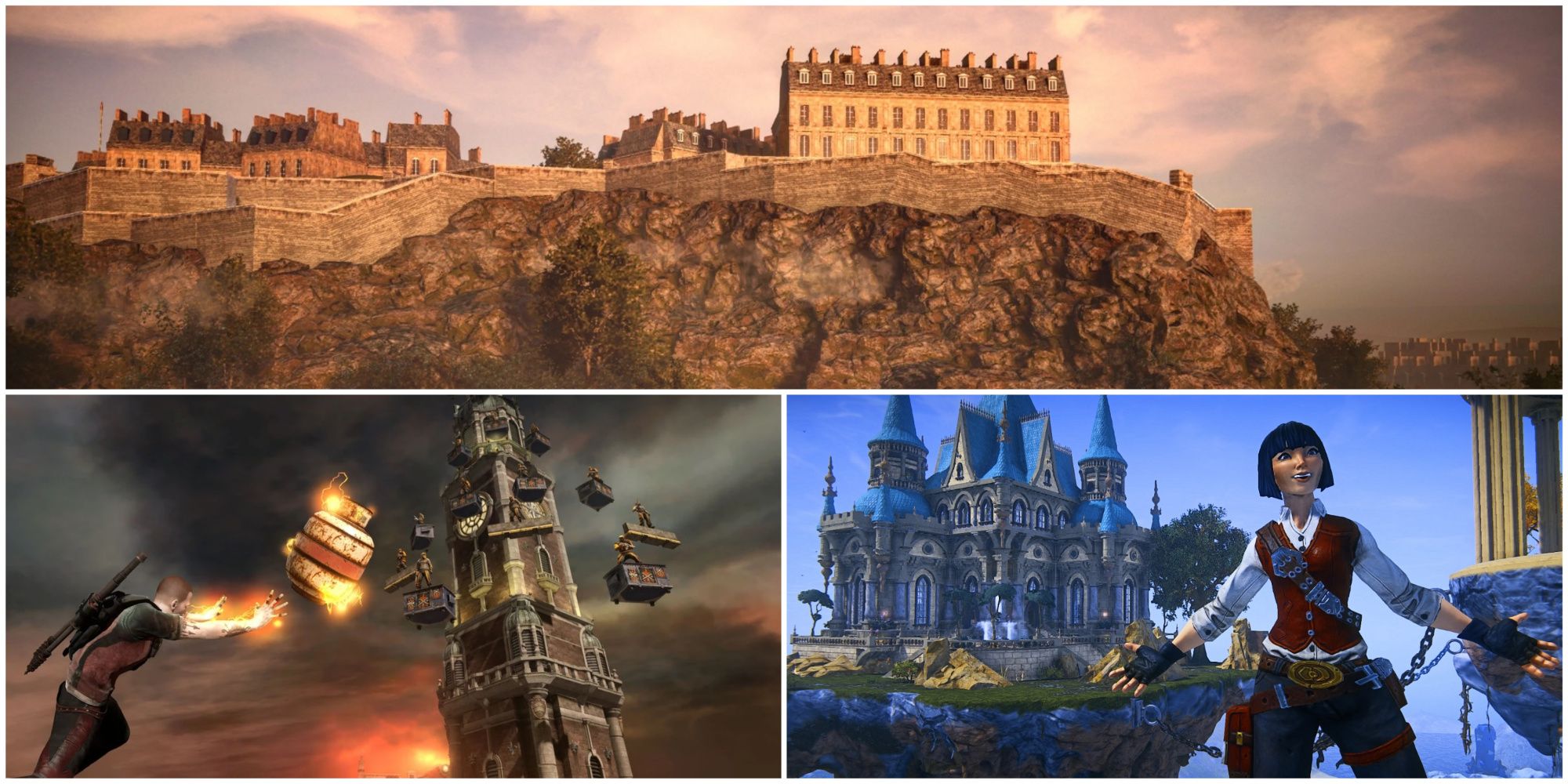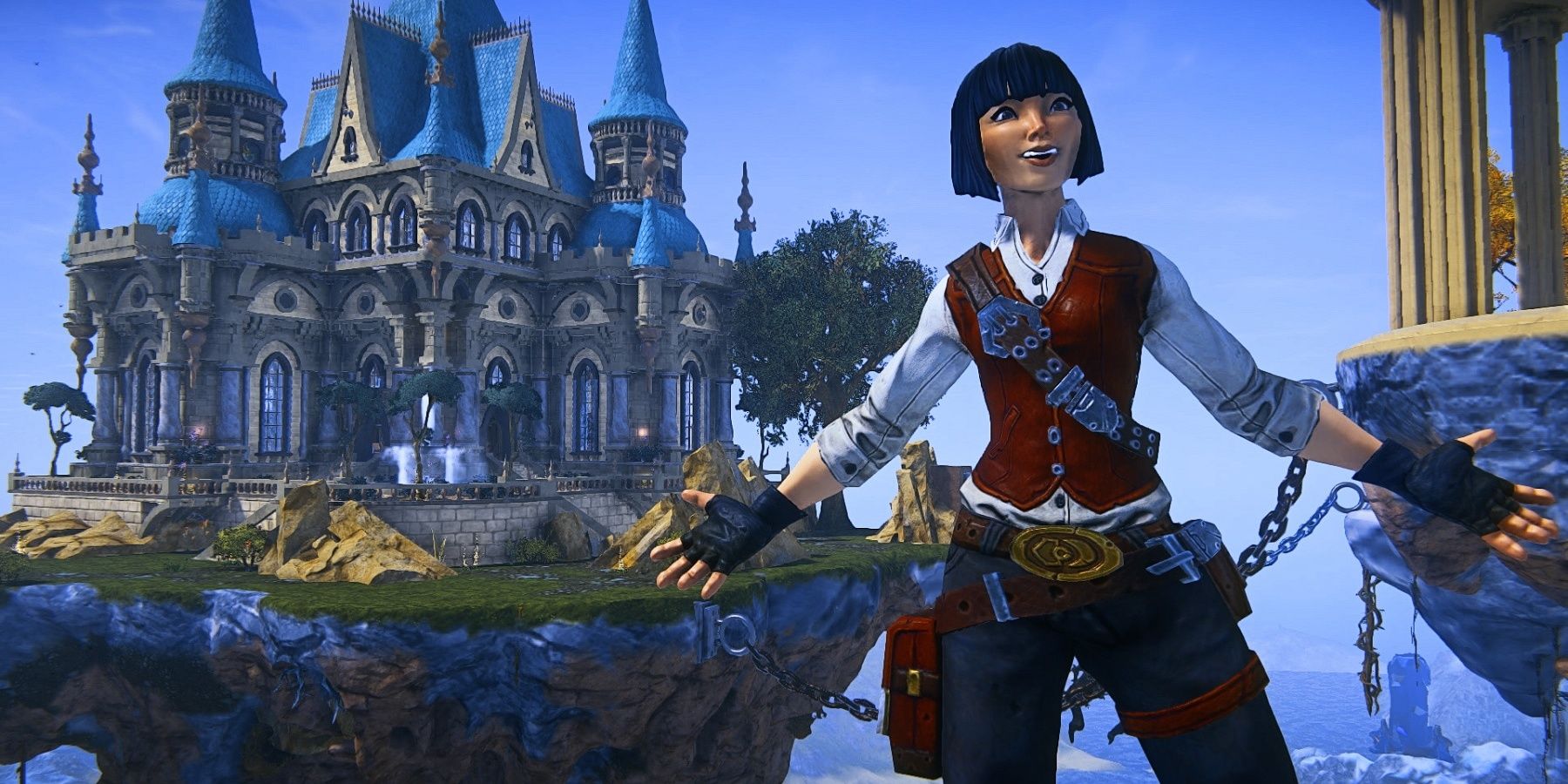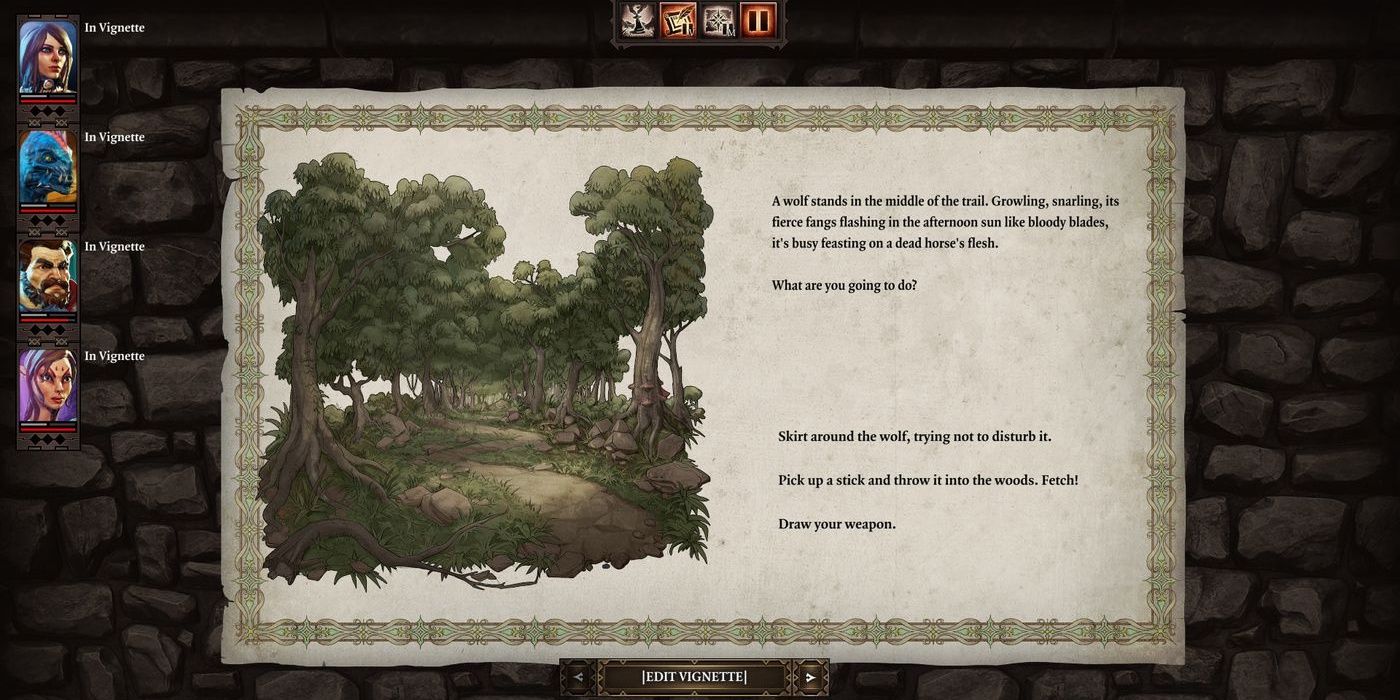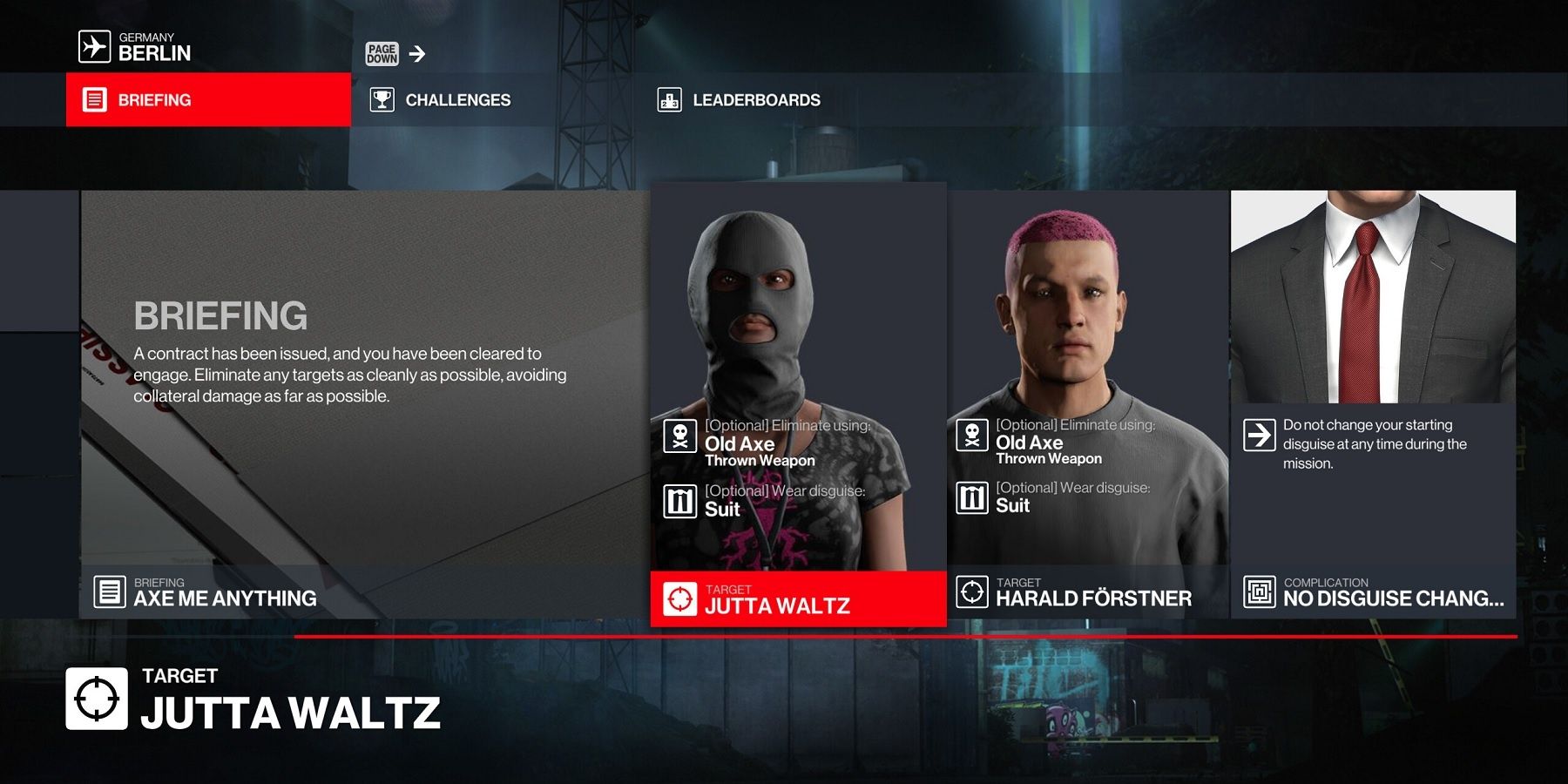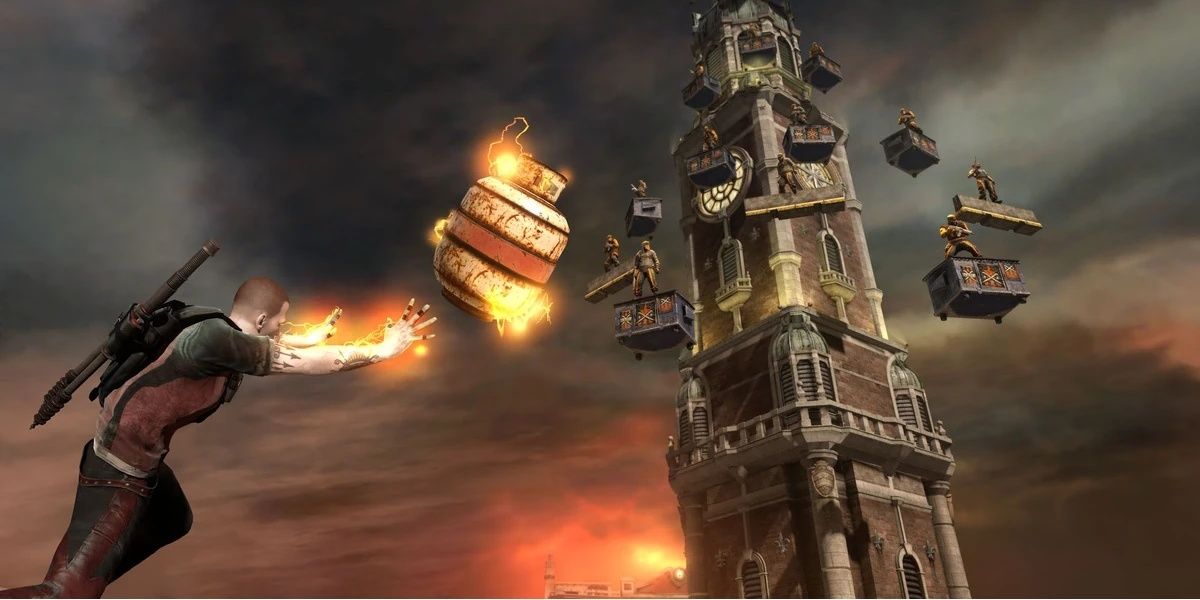Highlights
- Once players reach the end of a game, there isn't much left to do, even with achievements and maintaining their digital homes.
- Some game studios allow players to create their own content to extend the life of the game through mission makers, quest editors, and custom story modes.
- These games have implemented player-created content to add more variety and customization to the gameplay experience.
Everything has an end, and all things must pass. Once players get to the game’s ending, there’s not much else for them to do. Get the remaining achievements? They're not always worth the effort. Keep maintaining their digital home/village, etc, in life sim games like Animal Crossing and Stardew Valley? They'll eventually offer the same old scenes. Without anything new, the game is essentially over.

The Best Real Life Simulation Games
There is an impressive variety of life simulation games available, and these are easily the best out of all of them.
Even after DLC and other bonus, the studios have to move on to a new project. Which is why some of them put the job of making extra content in the players’ hands. With mission makers, quest editors, custom story modes and more, players can make a wealth of user-generated content to test their skills with. They’ve appeared in all sorts of games, including the open-world genre.
5 Landmark
Landmark was open-world in the same sense World of Warcraft and other MMORPGs are. Players can roam wherever they like in those maps, though they often have to think more tactically to achieve the in-game objectives. They’d even have to work with others in parties to complete them unless they wanted to become the next Leroy Jenkins. But Landmark was different as it was originally planned to be a player content creation tool for EverQuest Next.
Once that project was terminated, Landmark was released separately as an MMORPG where players could create whole worlds for others to explore. They could make their own buildings, even landmarks (hence the name!), with the Daybreak Game Company offering competitions for the best constructions. However, it wasn't enough to keep the game in service, as its servers were shut down after just 7 months.
4 Divinity: Original Sin 2
Like Landmark, Divinity: Original Sin 2 is an RPG first and an open-world game second, though not an MMO this time. Players can travel all over the world of Rivellon either as a party or by themselves, but it uses turn-based, tactical gameplay from an isometric perspective. Still, players could customize their own characters and choose their own dialogue options. They could even attack NPCs, which could work against them if they were offering key quests.
This is where Game Master Mode comes in handy. The player makes their own campaigns for other players (up to a party of 4) to take on, arranging the map, landmarks, NPCs, and quest objectives. It’s inspired by the ‘Dungeon Master’ in the tabletop game Dungeons & Dragons, where they essentially create the narrative and world for other players to explore. Though like DnD, the players can do whatever in the GM’s world, unless they railroad them into their narrative.
3 Hitman
Hitman (2016)
- Released
- March 11, 2016
- Developer(s)
- IO Interactive
- Genre(s)
- Stealth , Third-Person Shooter
The Hitman games aren’t open-world in the typical sense. Agent 47 roams through multiple little sandboxes in search of his targets rather than one big realm. But players can make 47 go wherever they like in those sandboxes and do whatever they like within them. Well, until Hitman: Absolution took on a more linear, stealth-action approach to gameplay. While Absolution wasn’t popular, it did introduce a new feature: Contracts Mode.
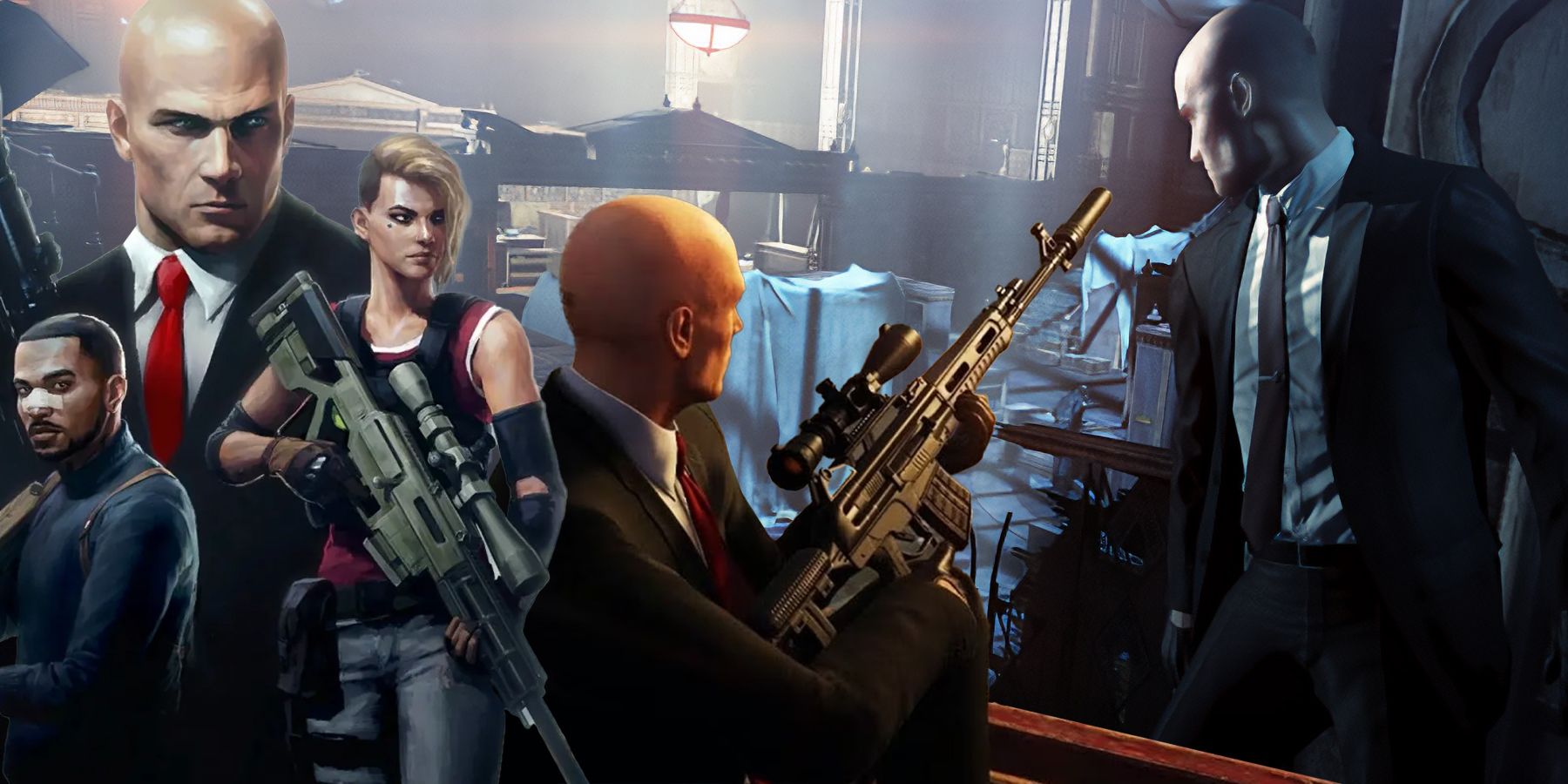
Every Hitman Game, Ranked
With multiple games in the franchise, how does every single title in the Hitman series rank up?
With it, players could pick a sandbox, and assign up to 3 targets for players to kill, along with conditions to make it more challenging. The ‘World of Assassination’ trilogy, Hitman 1-3, improved on it by bringing back the original sandbox level design, and increasing the target limit to 5. IO Interactive would even put the best custom Contracts up on Hitman’s website for others to look up, then download it to their game to give it a try.
2 Far Cry 5
Ubisoft is quite keen on open-world games, but people have noticed they can get quite samey. Far Cry 3 was great in its day, and Far Cry 4 offered more of the same in a new, Himalayan setting. The same applied to Far Cry 5, only the action was now in Montana. By Far Cry 6, the same-gameplay, new-setting formula was all too familiar. Fun, but fans weren’t getting much different from the prior games. FC6 did have one difference though: it didn't carry out FC5’s “Far Cry Arcade” mode.
With it, players could use FC5's in-game editor to make their own single-player, co-op, and multiplayer deathmatch maps. Not only could they use FC5’s assets, but they could throw in objects and features from FC4, Blood Dragon, Watch Dogs, Assassin's Creed: Black Flag, and other Ubisoft games from the time. It's a shame FC6 didn't include it, as players got very creative with it, from making the Eiffel Tower to recreating Scotland's capital city Edinburgh.
1 InFamous 2 & InFamous: Festival of Blood
inFamous 2
- Platform(s)
- PS3
- Released
- June 7, 2011
- Developer(s)
- Sucker Punch
- Genre(s)
- Action , Adventure
Many of the games here are open-world either on a technicality, or as an extra feature. InFamous 2 fits the bill better as Cole MacGrath runs all over the New Orleans-inspired New Marais like a super-powered Grand Theft Auto protagonist. The gameplay is all in real-time, where they take on sidequests from NPCs when they’re not following the story. The early tutorial missions also introduce UGC (user-generated content) missions, mark by green icons.
Through UGC, players can pick out part of the world, rearrange assets, and set objectives. They can even write their own mini stories by giving NPCs text dialogue. Its vampire-based side-quel, InFamous: Festival of Blood, also included the feature and added the ability to make comic book-style cutscenes to give them more flavor. It’s still possible to play and make new missions today, over a decade since InFamous 2’s 2011 release. But time is running out as Sucker Punch plans on eventually using its servers for new projects.

